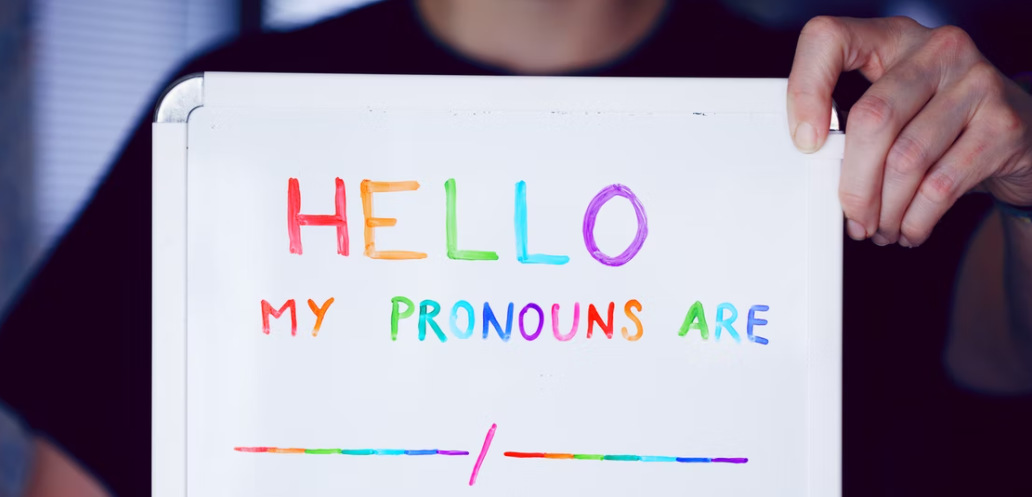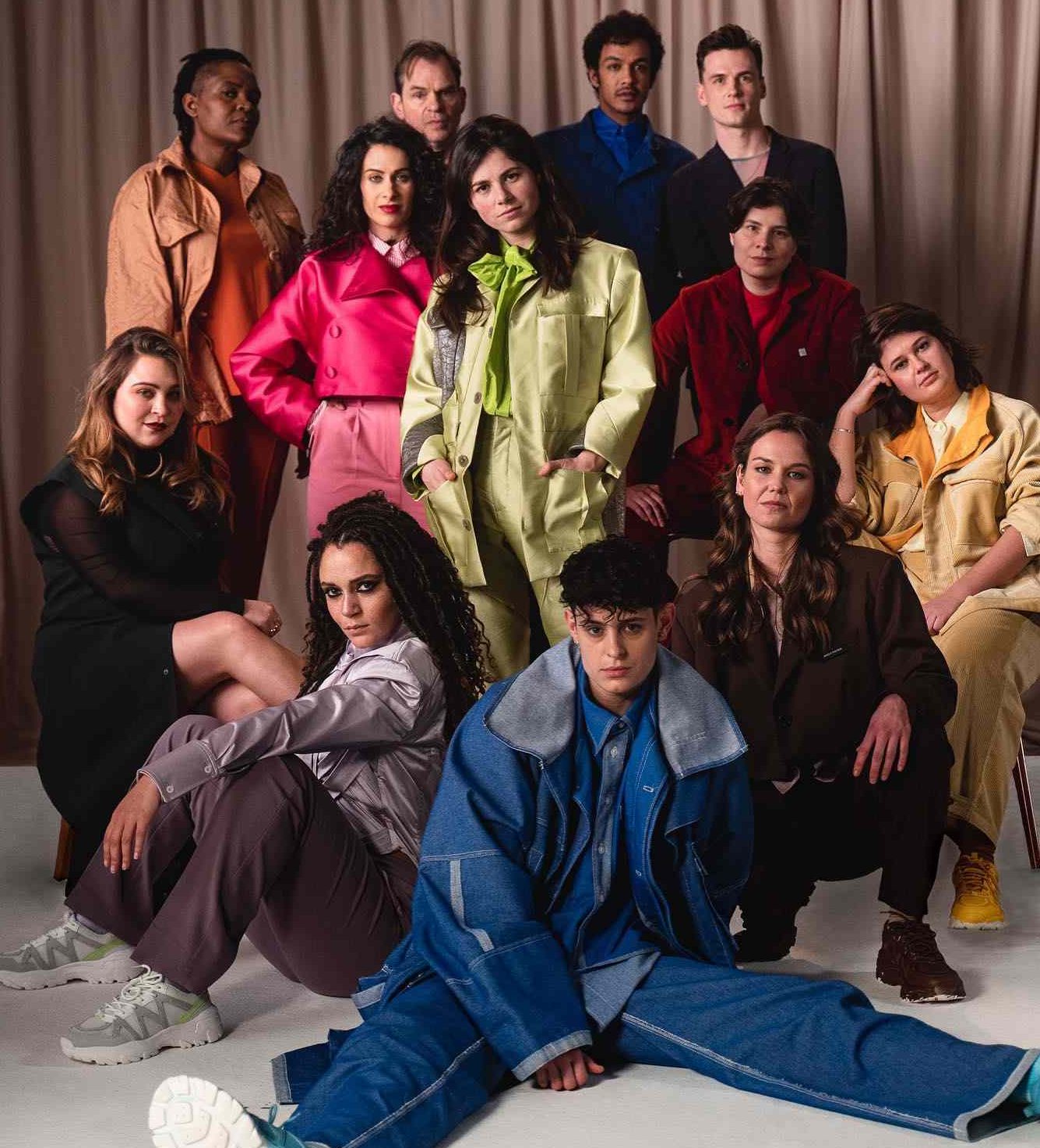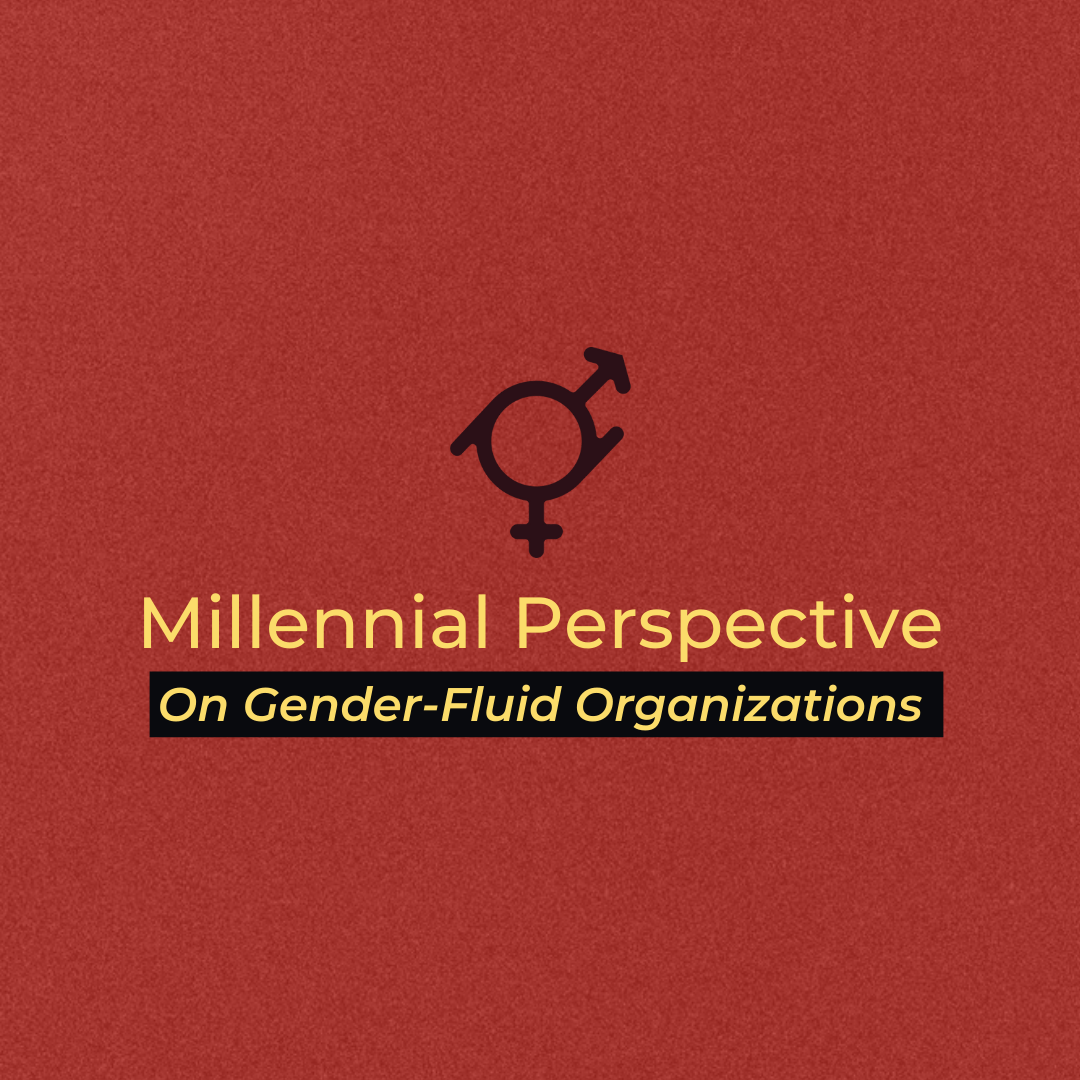CATEGORIES
#Inclusion and Impact #LGBTQIA+ #Work CultureThe gender and sexuality narrative around the globe is undergoing a massive transition. Today, more and more millennials are coming forward with a strong desire to be seen, heard, and appreciated for who they are. Identity and representation have taken on a more profound meaning. Though monumental, this shift is not sudden. With increasing awareness over the past few decades and numerous platforms available to voice one’s opinion, the movement for the inclusion of all genders, orientations, and identities has gained momentum.

The erasure surrounding the community is depleting and people in the younger generation feel relatively safe to come out. According to an international survey, nearly one in five young adults do not identify as straight, i.e., they are not heterosexual. And today, more and more people also support LGBTQIA+ individuals and believe they should be forthright about their sexual orientation with the people around them. According to the LGBT+ Pride 2021 Global Survey, this support spans various disciplines, including sports, entertainment, and advertising. The survey also indicates a rise in corporate activism promoting equality. Multinational corporations such as Deloitte view LGBTQIA+ inclusion as the “key to competitiveness”. Diversity has been a central topic of boardroom discussions, but it has been more focused on the binary genders for quite some time. However, championing the inclusion of LGBTQIA+ individuals has increased social awareness regarding the need to accept and include the LGBTQIA+ community, which has led to greater acceptance of sexual orientation and gender identity beyond cis-het, worldwide.
Millennials—who are projected to comprise 75% of the global workforce by 2025—welcome this change and expect organizations to operate beyond the gender binary. They want to reshape the workplace culture. Could this be a reaction to long-standing gender suppression? If so, what are organizations doing to support this change and to equitably accommodate diverse groups of people? How are they helping those with diverse sexual orientations and gender identities move from “the margins” to “the mainstream”?

Understanding Gender-Fluid/Gender-Inclusive Organizations
According to HR Consulting firm, Randstad, “the term ‘gender inclusivity’ goes beyond just hiring more women or offering equal pay. It is about embracing the ideas and perspectives of all employees, and recognizing their contributions and efforts, regardless of their gender.” The Stanford Social Innovation Review describes ‘inclusion’ as one that “(makes) sure organizations are treating all employees equitably when it comes to opportunities, benefits, and people’s everyday experiences when they go to work”.
The following scenarios illustrate the kinds of challenges those in the LGBTQIA+ community face.
Scenario 1 – You have recently transitioned, and people in your office are aware of your transition. No one says anything, but at a subsequent office party, your colleagues can’t stop staring at your clothes and appear to feel hesitant to dance with you. You are completely left out and return home feeling humiliated, confused, and disappointed.
Scenario 2 – One of your colleagues, who is also a dear friend, is due for a promotion. The quality of their work is impeccable. Everyone in the office speaks highly of their knowledge and subject matter expertise, as do clients. However, after they decide to come out of the closet, the anticipated promotion is given to someone else, and no explanation is provided as to why.
What do you think is happening in these scenarios? Although many organizations claim to support inclusion or gender fluidity, they might not truly be inclusive. In our example scenarios, the employees question whether they are being included, their presence valued, and their identity accepted. Though much bolder and more confident with being themselves and behaving authentically, millennials are still wary of being judged on how they portray themselves. Especially those who are part of the LGBTQIA+ community and do not identify as cisgender may face gender dysphoria due to exclusionary behavior, which affects their mental health, productivity, and emotional and social well-being.
A Gallup study revealed that millennials are far more mindful of the different ways of living, preferences, and thought processes of people on the spectrum than the older generations. They wish to create a work environment and society where everyone is treated equally, included, and their opinions are respected and valued. They are comfortable having conversations that have traditionally been termed ‘uncomfortable’ and hushed, such as those about gender fluidity and sexuality. Organizations must adapt to current socio-cultural and gender demands to maintain a positive relationship with their employees. No one wants to work for a company that discriminates against its employees. On the other hand, happy and inclusive working environments are sought after by quality talent. Additionally, satisfied workers also have higher productivity.

Evolving Preferences Among Millennials
The suppression of gender and identity has been a challenging issue to tackle. Millennials have been affected by society’s conventionalities and by being put into pigeonholes. In more ways than one, they have been left feeling disoriented and disillusioned about themselves and their place in society. Some millennials complain of having felt insecure and suffered from low self-esteem while they were growing up. Many admit that their family’s expectations conflict with their own aspirations.
Increasing Representation Today
Both finding solidarity and facilitating discussions have become easier. Thanks to today’s digitally connected world! Social media has increased representation, allowing people to connect with others who share similar ideologies, no matter where they are in the world. This has also helped weaken negative stereotypes associated with identity and unconventional gender roles. Thought-provoking conversations around inclusion on social media have inspired millennials to question their conditioned reality and the ideologies that were imposed on them while they were trying to make sense of the world.
A direct impact of inclusion and diversity in the workplace is that companies that hire millennials have become more aware of the struggles they face. Some firms now embrace differences by setting up positive day-to-day workplace interactions to acknowledge and adapt to each other’s cultural and generational identities. Representation is also causing millennials to care deeply about inclusion and to openly advocate for it. Boston Consultancy Group reports that such efforts have led to equity in recruiting, onboarding, and promoting members and establishing employee resource groups.

Implementing Gender-Fluid Practices
Millennials prefer to work in companies where diversity and inclusion are not just buzzwords. They value conscious employers who care for their employees, regardless of their sexual orientation or gender identity. Companies around the world, varying from industry to industry, are embracing diversity and inclusion by being more intentional when it comes to hiring employees from underrepresented groups and creating an inclusive environment. The following are examples of organizations that are breaking new ground in terms of diversity initiatives.
- Leading by example is the information technology giant Accenture, which takes pride in calling itself ‘a corporate leader’ in supporting the LGBTQIA+ community. The company’s LGBT Ally Program offers specialized networking, mentoring, leadership support to its LGBTQIA+ employees. In addition to that, the company diligently invests in PRIDE celebrations, key outreach opportunities, awareness, and advocacy work.
- Chennai-based enterprise, PeriFerry, is another organization paving the way for a gender inclusive society. Founded in 2017, the impact start-up has sensitized more than 30,000 people, upskilled more than 300 trans persons, employed more than 250 trans persons, and enabled the corporate journey of more than 60 members of India’s transgender community.
- Awarded with the title of ‘Top Employer for LGBT+ Inclusion’ in 2020, Tata Steel has been advancing equality for the LGBTQIA+ community for several years now. The company offers policies that enable colleagues from the trans and nonbinary community to avail all HR benefits. Employees who are transitioning also get financial assistance for gender-reassignment surgery. Additionally, the company runs a D&I initiative, MOSAIC, that rests on five fundamental principles – infrastructure, sensitization, recruitment, retention and development, as well as celebration. The initiative facilitates a diversity of gender, hiring, and inclusion of Persons with Disabilities (PWDs), LGBTQIA+, and more.
- Godrej’s Culture Lab is another example of how companies are supporting rainbow-friendly workspaces. Over the last several years, the lab has facilitated meaningful conversations around LGBTQIA+ rights in India. Their latest project, ‘A Manifesto for Trans Inclusion in the Indian Workplace,’ speaks on how India Inc. needs to adopt policies and interventions supporting the LGBTQIA+ community, best practices for trans inclusion, and how gender diversity can open new doors for Indian conglomerates.
Millennials are one of the first generations to have had access to widespread technology from an early age, and they have adapted to the digital era. As a result, they can now look beyond their immediate community and connect with a larger and more diverse group via the World Wide Web, which has helped them understand and accept identities all along the spectrum. Their curiosity and active presence on social media, combined with their growing awareness about the LGBTQIA+ community, have led to more inclusive standards and safer workplaces. Now that millennials, especially those who belong to the LGBTQIA+ community, have realized that valuing gender sensitivity and striving for inclusion is possible for organizations and practical in terms of profitability and coordination between employees, they will not settle for less. Firms must now step up to take affirmative action and institute equitable approaches.


